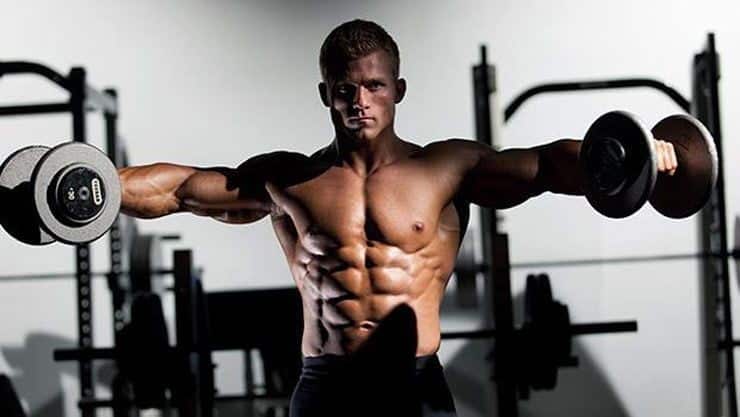Are you a fitness enthusiast? Then, you must be eager to learn about new exercises to help you achieve your desired bodybuilding goals.
If you dream of a V-shaped torso and chiseled shoulder muscles, lateral raises are the key to your success. It is an easy yet effective upper-body exercise you can include in your exercise routine.
You can use the overhead shoulder press and dumbbell press to grow most of your shoulder muscles. But lateral raises are the perfect solution to get your dream upper body.
Also, you must be consistent with your exercise routine and regular protein intake to get the best results. And if you are curious about lateral raise exercises, keep on reading.
Here, we have covered all the essential details you need to know before you begin, from how to do a proper Lateral raise to its advantages, variations, and more.
So, without wasting any time further, let’s start exploring.
Steps to Execute Lateral Raises Properly
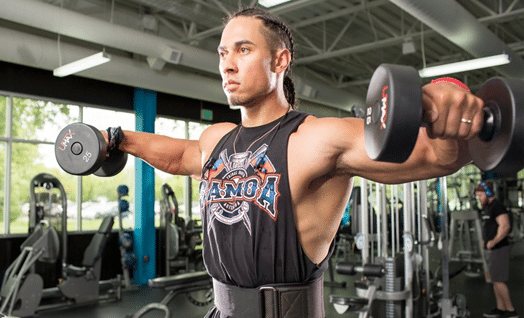
Lateral raises can be an effective method to grow the bicep, abs, and deltoid muscles. But you can ensure the best outcome of this shoulder exercise when you do it properly. Lateral raise exercises are easy; you can include them in your home exercise sessions. You need enough space to raise your hands freely.
You would also require a set of dumbbells if you are trying dumbbell lateral shoulder raises. Here are the steps to begin with:
Step 1: Beginning with The Posture
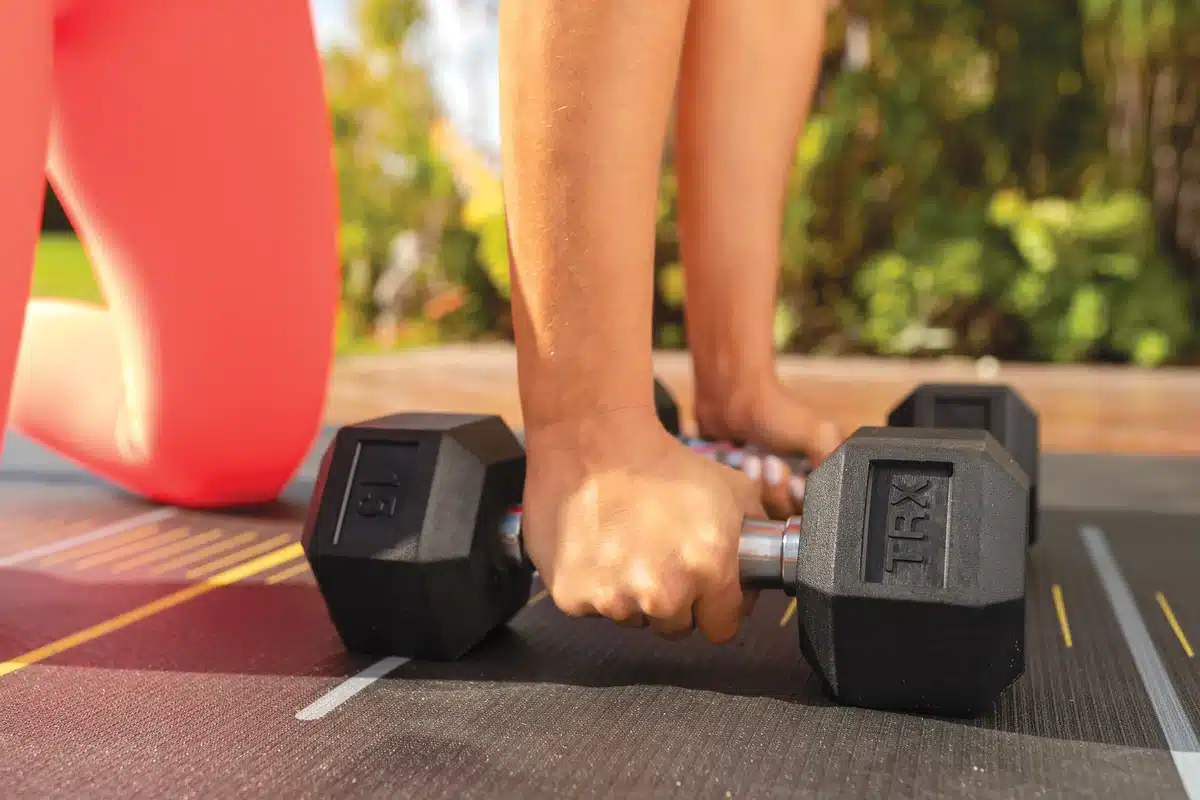
Hold dumbbells in both hands and stand straight. Adjust the weight as per tolerance and need. Keep your arms on your side. And your feet should be a hip distance apart. Now, focus on the lateral raise and roll your shoulder backward. Engage the core muscles by looking straight ahead.
Step 2: Raise Your Arms
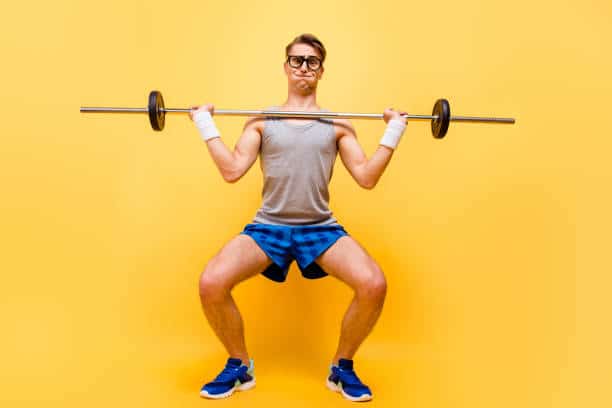
Next, raise your arms slowly, about a few inches, and pause. It will help in disengaging the trapezius muscles. As a result, you can shift your focus towards deltoids. As a result, you can shift your focus towards deltoids. For a better result, pause for a few seconds and hold it. However, if you are a beginner, you don’t need to do so since a slow process will be better for you.
Step 3: Lift the Dumbbells

Now, lift the dumbbells with your hands straight in the air while breathing in. The pose will look like a ‘T’ shape. It would be best to do it correctly; otherwise, the exercise will not be as effective as you desire. Try to do it in front of your trainee so that the individual can help you make the right posture.
Step 4: Take the Arm Back to The Initial Position
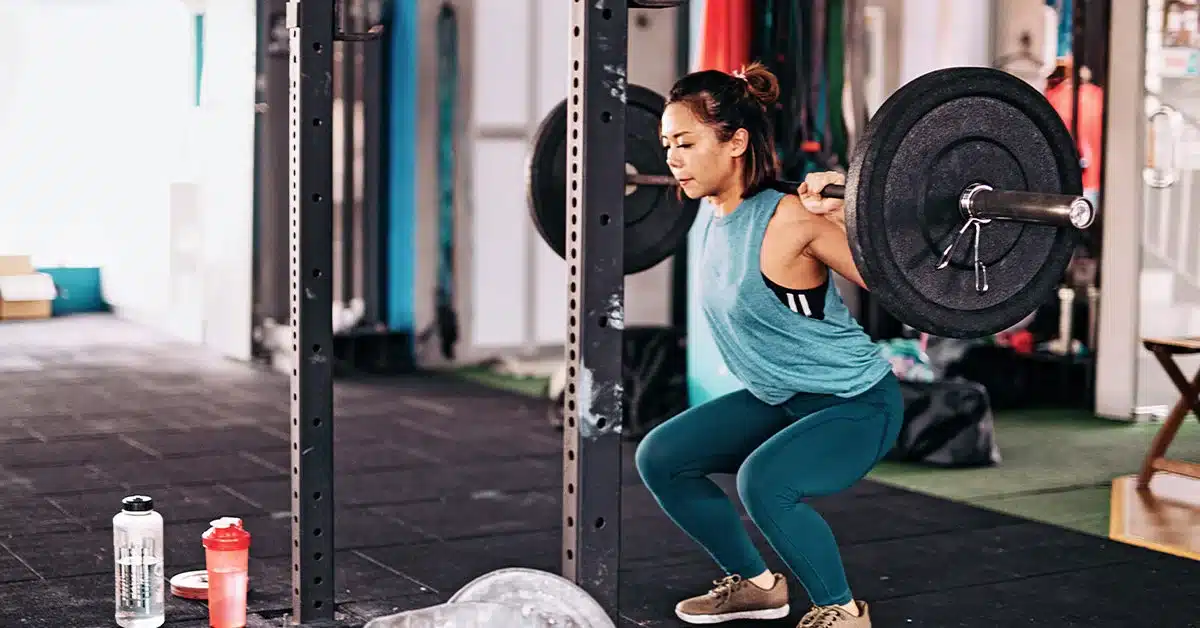
Then, slowly lower your arm to take it back to the initial position. It would be best if you did it very slowly, and it may take 3 to 4 seconds to lower the dumbbells. Remember, during the whole process, you must control your hand movement. Never put excessive pressure on your arm since it can offer opposite results and lead to muscle pain.
Step 5: Repeat the Process and Breathe out Slowly
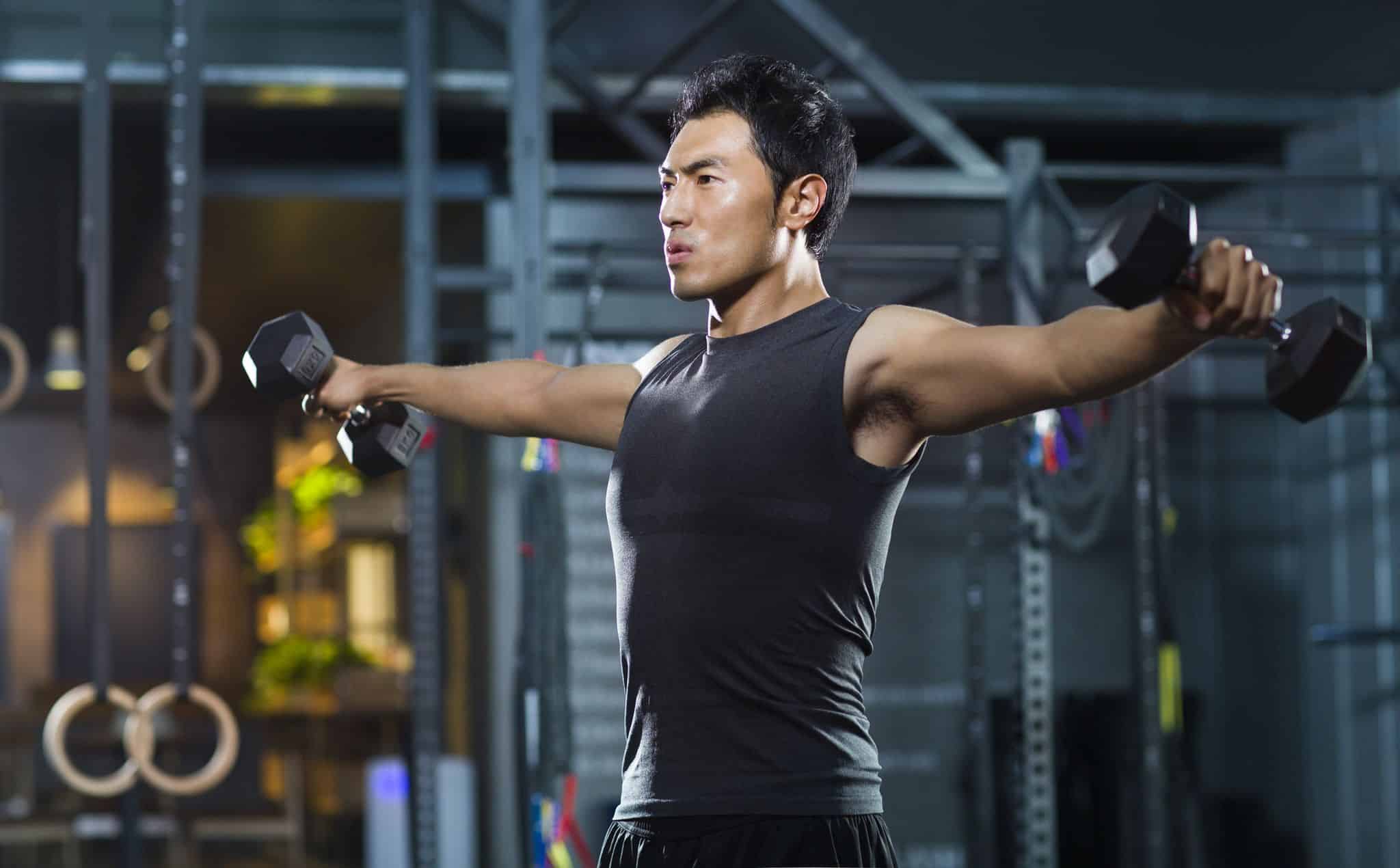
Next, repeat the process and breathe slowly as you lower your arms. Up your arms again slowly and steadily and follow your elbows. You must do it to check whether you take your elbows to the highest part of the arm while lifting the dumbbells. Pay attention to your hand and shoulder muscles to notice how they contract and relax with each set.
Step 6: Do 10-12 Reps Per Set
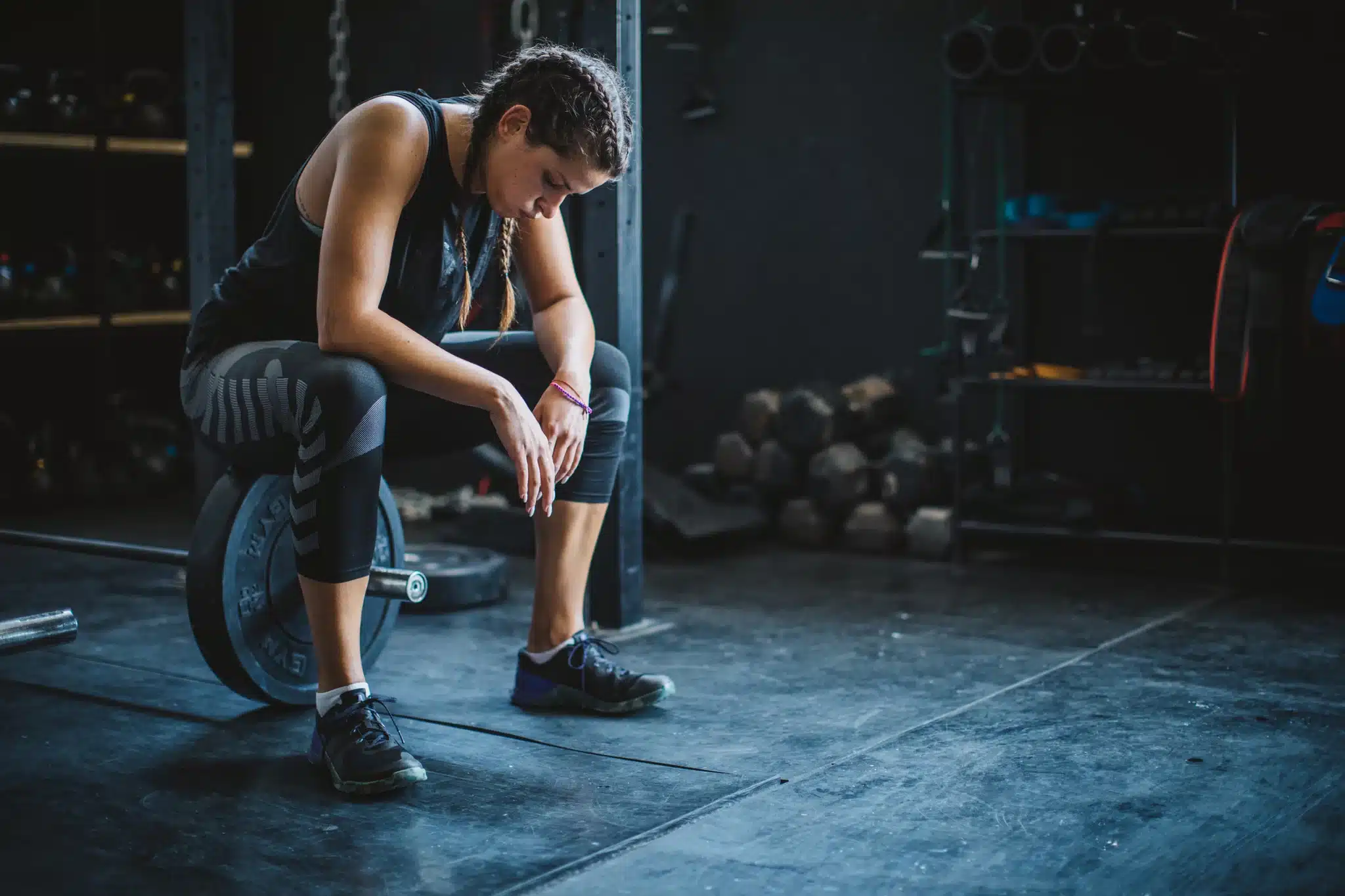
Pause and repeat the process as many times as you are suggested to do the raise. You can do 10 to 12 reps per set if you want. However, if you are a beginner, you must ask your trainee whether you can do it. After a few times, try to do three sets three days every week for better results.
Benefits of Doing the Lateral Raises Ideally
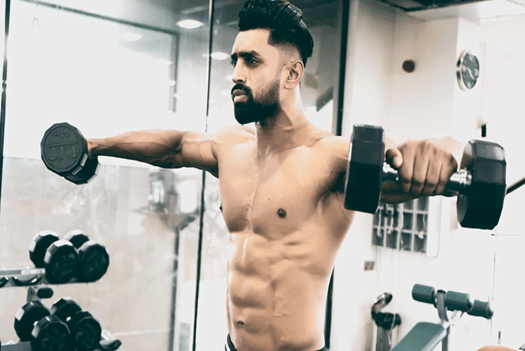
Lateral raises are the most effective exercise to build upper body and shoulder muscles. When you appropriately do your dumbbell lateral or side raises, you can witness significant changes within a few weeks.
Here are some benefits of doing this exercise with the proper method:
- Helps You Gain Rounded and Muscular Shoulder: Proper lateral raises have several benefits. Gaining rounded, muscular, and bolder shoulders is one of the primary benefits of doing correct side raises. So, if you want the V-shaped look, getting round, muscular, and broad shoulders is essential. Also, the larger, rounder, and wider shoulder helps to improve the rest of your physique.
- Boosts the Performance of the Compound Movements: Another essential benefit of proper lateral raises is improved compound movements. Activating the three shoulder muscles is essential for compound movements. An imbalanced muscle can create muscle weakness. Muscle imbalance occurs as most mainstream compound lifts do not target the lateral delta. As a result, you face difficulty doing compound exercises such as barbells bent over rows or bench presses. So, lateral raises help you strengthen your three shoulder muscles and improve your compound movements.
- Improves the Flexibility and Strength of Bone and Shoulder: The side raises also help to strengthen the muscles and bones of the shoulders as it focuses on the three main shoulder muscles. Our shoulder joints are the most mobile part of the body. So, they are also the least stable and prone to injuries. But when you do lateral raises, it helps to activate these three muscles and boost your overall shoulder health. It helps to strengthen your shoulder blades, bones, and muscles by keeping them flexible and strong.
Specific Muscles that Worked in The Lateral Raise
Lateral raises primarily work on the lateral deltoid muscles (as the name suggests). But when you do the exercise correctly, it also works on several other shoulder and back muscles.
Here are the three primary muscles that work in the lateral raise:
1. Triceps
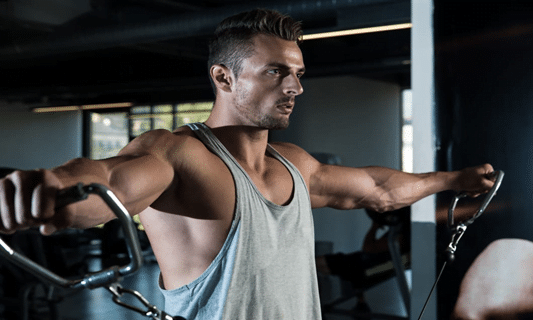
People who are into weightlifting are familiar with the concept of triceps. It is a thick and sizeable upper arm muscle (in the dorsal part). The primary function of the tricep is to maintain the balance of the upper arm bone on the shoulder joint. It also helps to deduct the arm. Deduct is drawing a limb towards or past the body’s median axis.
2. Lateral Deltoid
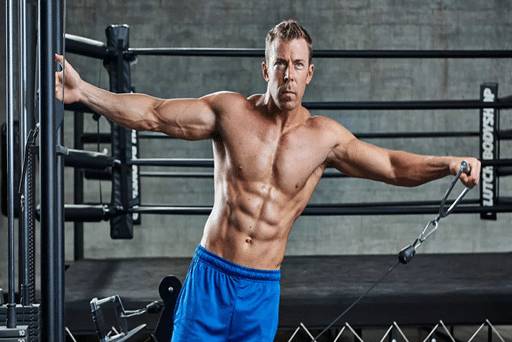
Deltoid muscles are located on the top of both shoulders. They look more like an inverted triangle or delta. Due to this specific shape, they are called deltoid muscles. Each deltoid muscle has three different sections- Lateral, anterior, and posterior. These three sections help arm adduction past 15° and hold the humerus in the shoulder socket (under heavy pressure) when activated together.
The anterior helps in internal arm rotation. The posterior traps retract the shoulder blades by working with the rhomboids. And the lateral adduct of the shoulder past the first 15° from the side to the torso. It is the most worked muscle in the lateral raise exercise.
3. Trapezeus
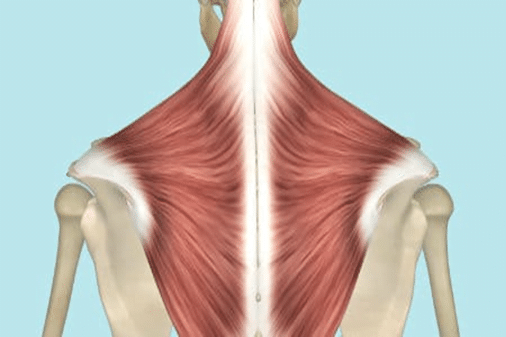
The trapezius is a group of triangular muscles in the back of the shoulders and neck; as you have learned, the traps and posterior work with rhomboids to retract shoulder blades. So, you do not want this to happen during your lateral raises. And that is why it is crucial to restrict the range of motion while doing your dumbbell side raises. So, never go too far.
Most Efficient Variations of Lateral Raises to Try
Lateral raises have plenty of variations to try. You can do it with dumbbells, barbells, kettlebells, or gym machines.
Below, we will list the top 6 variations of side raise exercise that you can try:
1. Bent Over Lateral Raise
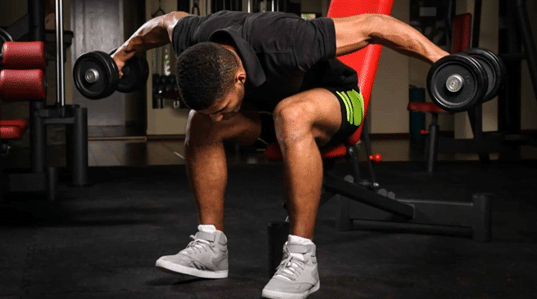
Bent over lateral raise is also known as rear lateral raise. An essential rule for proper bent-over lateral raise is not to go too far with the weight, or it will turn into a back raise. Here is how you can do a perfect bent-over lateral raise:
- Hinge at the hips while holding your dumbbells. Now, paralleling your chest with the floor, bend your torso. Then, extend your arms towards the floor while holding the dumbbells.
- Slowly and steadily raise your dumbbells sideways while slightly bending your elbows. Continue raising your arms sideways until it is parallel with the floor in a straight line.
- Lower back your arm slowly back to its previous position.
- Pause and repeat.
2. Dead Stop Lateral Raise
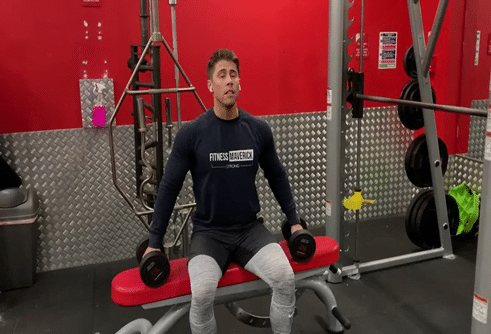
Dead stop lateral raise is also a popular variation of lateral raises. If you are looking for a lateral raise variation for improving delta health and function, good structure, and shoulder hypertrophy, then a dead-stop lateral raise is the only solution. The critical difference between dead stop and other raise exercises is it uses a bench for exercise. When you do the raise on a bench, it prevents complete shoulder relaxation. Keeping the shoulder tension throughout the exercise helps you fatigue your delta muscles. Here is how you can do it:
- Get your dumbbells from an overhand grip. Sit on the bench, leaving both hands straight sideways with the dumbbells. Start by sitting tall with an upright trunk and slowly bend your elbows.
- Tense your delta before beginning your exercise. It will help them contract during the entire process.
- Now, raise your dumbbells outwards and up from your sides. Raise it until your arm paralleles the floor in a straight line. Pause and slowly lower it back to the previous spot.
- Do not relax your shoulders entirely while lowering your back. Only pause for a while and repeat.
3. Cable Lateral Raise

Another popular lateral raise variation is cable lateral raises. This variation involves a cable instead of dumbbells. You can do it with both arms. However, using the unilateral method is a great way to make it more challenging and impactful. Unilaterally, cable raises also help you identify whether you have any muscle imbalance.
Here is how you can do the cable lateral raise:
- Choose your preferred weight. Stand beside the pulley system, keeping your feet and shoulders wide apart. Now, rotate your shoulder backward. Keep your trunk up while slightly bending your knees.
- Use your outside arm to get the pulley handle while reaching across your body.
- Now, raise your arm to the side and up while keeping a light bend in your elbow. Raise until it reaches your shoulder line. Pause and slowly reverse.
4. Kettlebell Lateral Raise
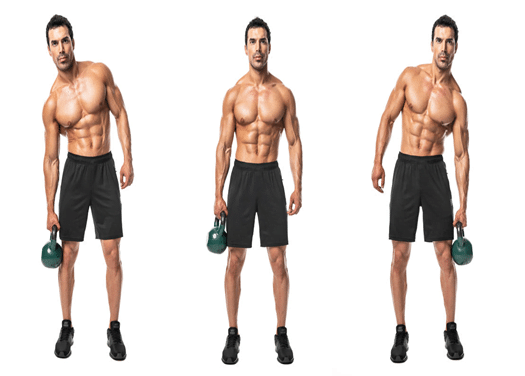
Kettlebell lateral raises are also very popular. It helps to add a bit more challenge and excitement to the exercise. Kettlebells weigh on their handles, which makes it harder to fight gravity while lifting the weight.
Here is how you can do the kettlebell lateral raise:
- Stand with an upright torso while grabbing your kettlebells. Also, keep your feet and shoulders wide apart.
- Use a neutral grip on the kettlebells while rising towards the shoulder, keeping a light bend on the elbow.
- Pause briefly, slowly lower back to the previous position, and repeat.
5. Landmine Lateral Raise
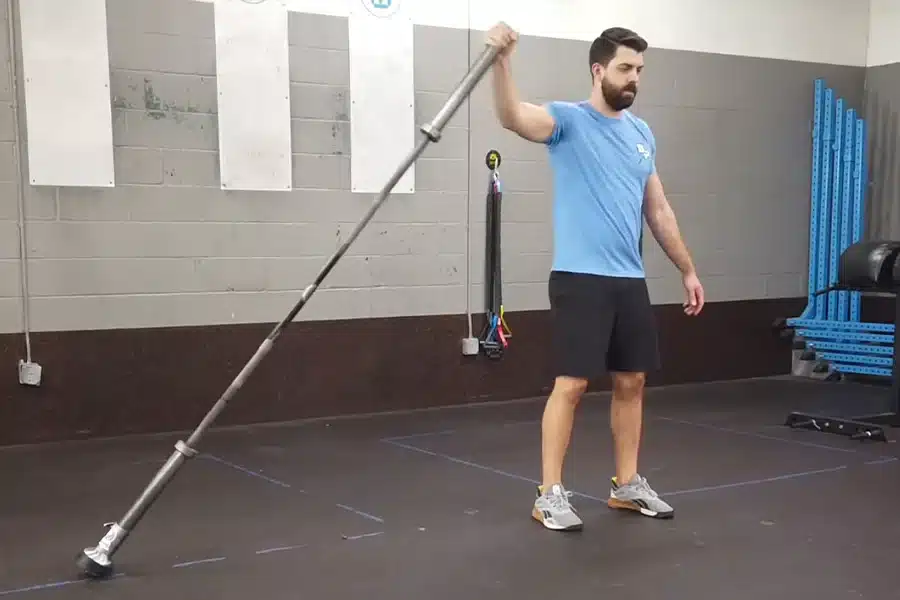
Landmine lateral raise variation includes the use of barbells for lateral raise exercise. It is also a beneficial side raise that helps to build shoulder muscles and promote upper body physique.
Here is how you can do it properly:
- Stand straight with feet and shoulders wide apart, torso upright.
- Place the barbell right in front of you. Use an overhand grip to grasp your barbell with one hand. Begin with your arms straight down to your sides.
- Now, raise your arms upwards with a light bend on the elbow.
- Next, move your arms, holding the barbells up and out toward your side until they are lining with your shoulder in a straight line.
- The exercise will keep your hand in front of your shoulder as it bends the elbow more than other lateral raise exercises.
- Now, slowly reverse and pause before you repeat it.
6. Lateral Raise with Machine
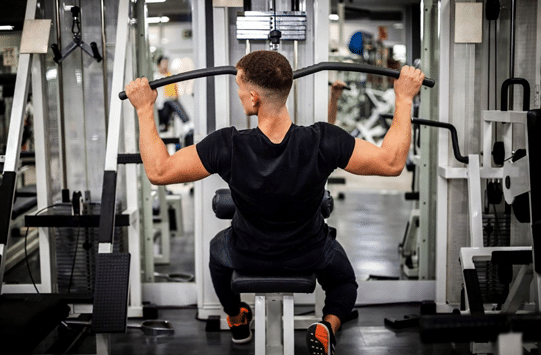
Lastly, the lateral raise with a machine is a popular variation many love. You will love it if you are looking for a variation involving machines and want to skip the weight-lifting part. Here is how to do the lateral raises with the machine-
- Keep your back straight to the pad and trunk upright while sitting on the lateral raise machine.
- Grab the machine handles with a neutral grip with bent elbows. This way, your outer arm will push against the padding of the lateral raise machine.
- Push your elbows out to the sides so your palms face the floor. Pause when you reach the top of the move before slowly reversing and repeating.
Conclusion
Lateral raise or side raise is essential to build a well-groomed V-shaped torso and a broad, muscular upper body physique. The main difference between many other upper body exercises and lateral or side raises is they activate the three core muscles of the shoulders and strengthen the upper body and shoulder.
Doing proper lateral raises has multiple benefits, from improving shoulder health, boosting strength and flexibility, enhancing upper body physique, and so on. Also, you can try different variations of this shoulder exercise with barbells, kettlebells, and machines. Above, we have shared all the essential details you need before you start the lateral raise.
So, start your side raise journey, and don’t forget to share your experiences of lateral raise practice.
Frequently Asked Questions
How to Make the Results of Lateral Raise More Effective?
You can make your lateral raise more practical in several ways, like using dumbbells, barbells, kettlebells, or machines. You should also maintain your protein intake to boost your exercise outcomes.
What is the Right Way to Perform the Lateral Raise?
The right way to do your lateral exercise is to keep the weight minimal and grip neutral while focusing on the core muscles and following the instructions for proper lateral raises.
Who Should Do the Lateral Raise?
Anyone who wants to build their upper body physique and get a V-shaped torso and broad, muscular shoulders can do the lateral raise. Also, people who want to improve shoulder muscle imbalance and overall shoulder health can try this.

